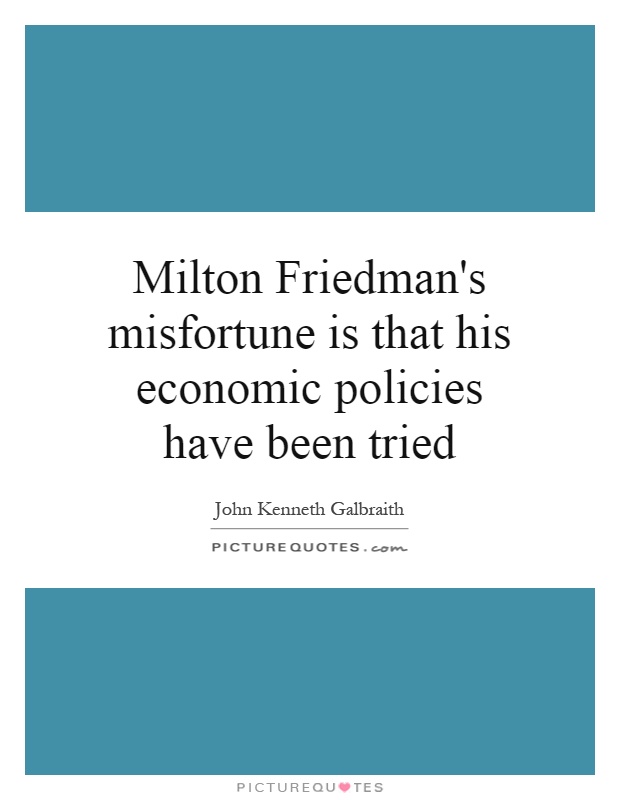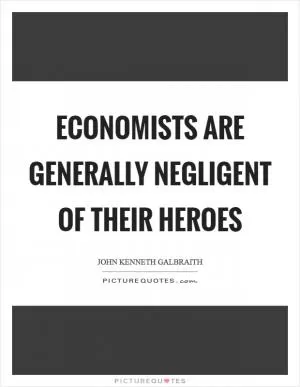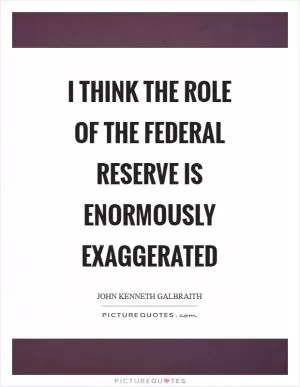Milton Friedman's misfortune is that his economic policies have been tried

Milton Friedman's misfortune is that his economic policies have been tried
Milton Friedman and John Kenneth Galbraith were two prominent economists with vastly different views on economic policy. Friedman, a staunch advocate of free-market capitalism, believed in minimal government intervention in the economy and the importance of individual choice. On the other hand, Galbraith, a proponent of Keynesian economics, argued for government intervention to regulate the economy and reduce income inequality.One of the key criticisms of Friedman's economic policies is that they have been tried and failed in many instances. Friedman's belief in the efficiency of free markets and the benefits of deregulation has been put to the test in various countries around the world, with mixed results. While some countries have seen economic growth and prosperity as a result of implementing Friedman's policies, others have experienced economic crises and social unrest.
One of the most notable examples of the failure of Friedman's economic policies is the 2008 financial crisis. The deregulation of the financial industry, which was championed by Friedman and his followers, played a significant role in the collapse of the housing market and the subsequent global economic downturn. The crisis exposed the flaws in Friedman's theory that markets are self-regulating and efficient, leading many to question the validity of his ideas.
In contrast, Galbraith's emphasis on government intervention and regulation has gained renewed interest in the wake of the financial crisis. Many economists and policymakers now argue that a more balanced approach, combining elements of both Friedman's and Galbraith's theories, is necessary to ensure economic stability and growth. Galbraith's ideas about the importance of addressing income inequality and promoting social welfare have also gained traction in recent years, as concerns about wealth concentration and social unrest continue to grow.












 Friendship Quotes
Friendship Quotes Love Quotes
Love Quotes Life Quotes
Life Quotes Funny Quotes
Funny Quotes Motivational Quotes
Motivational Quotes Inspirational Quotes
Inspirational Quotes